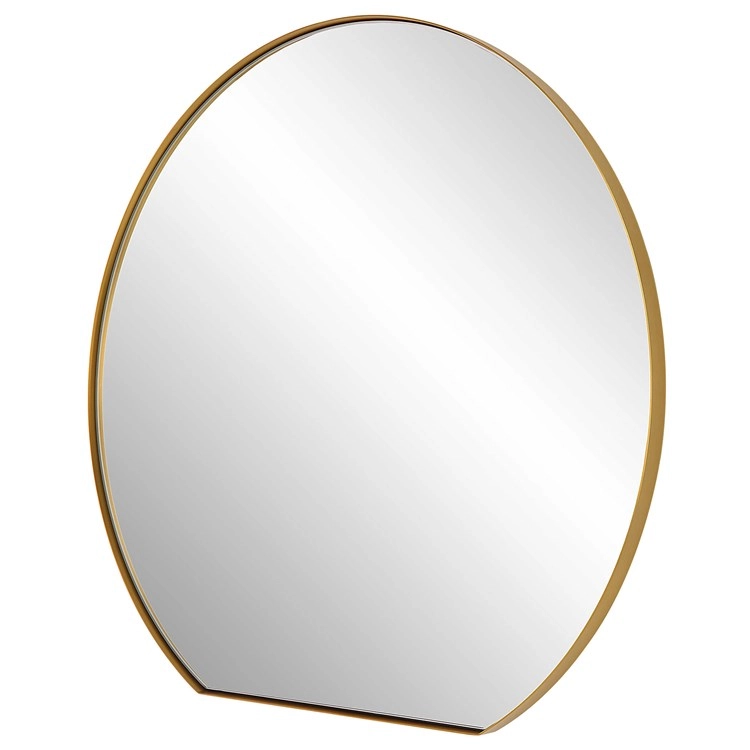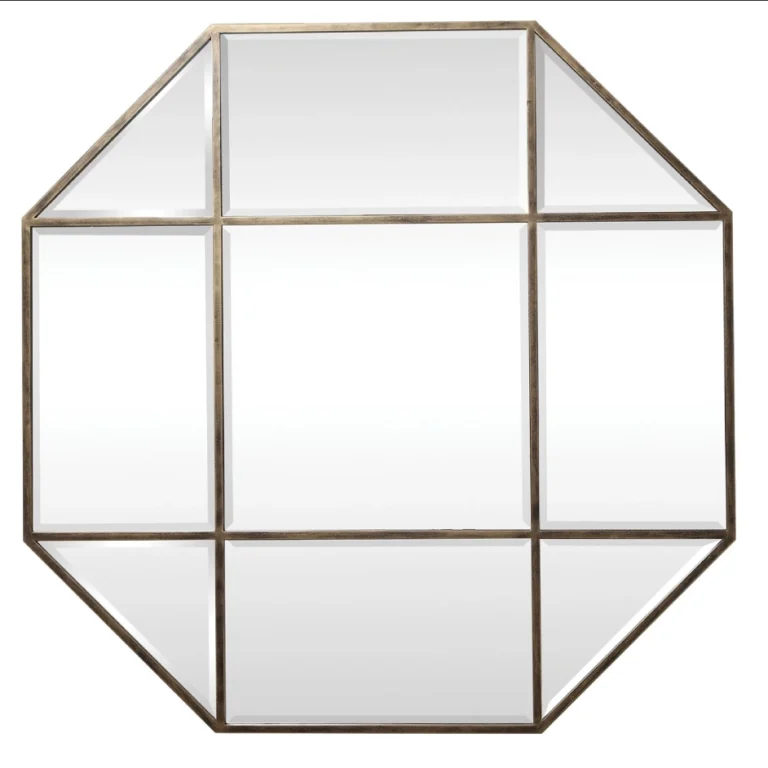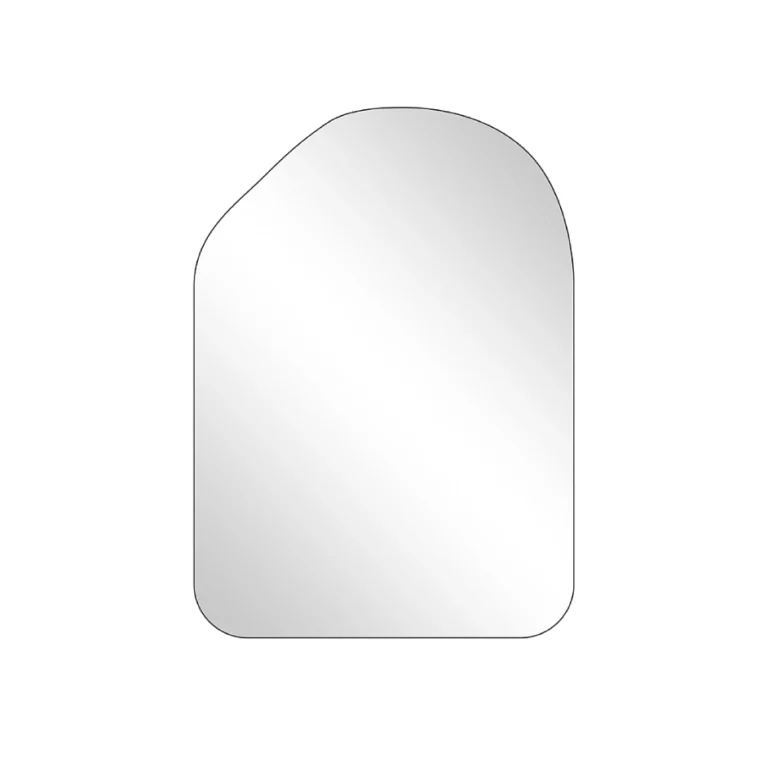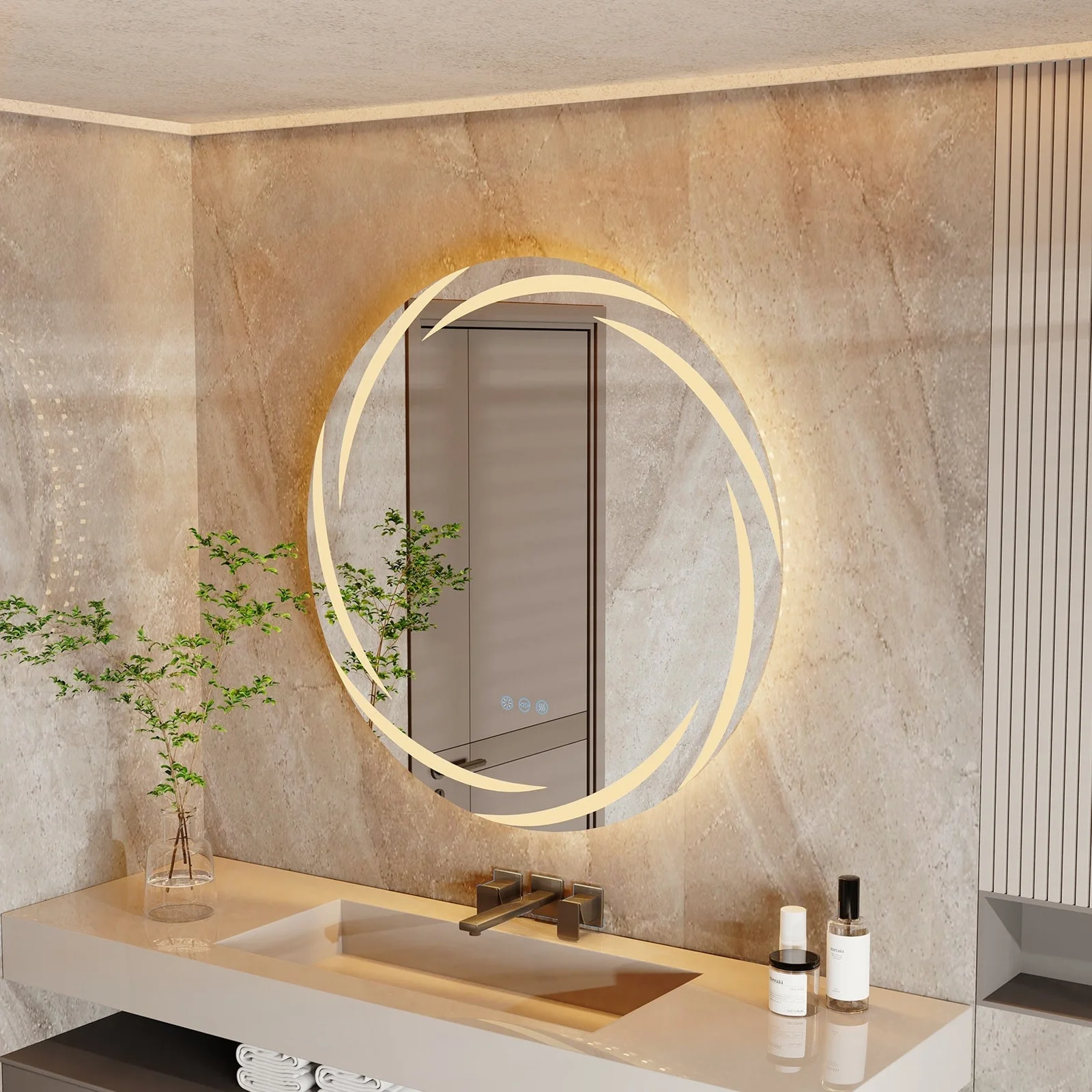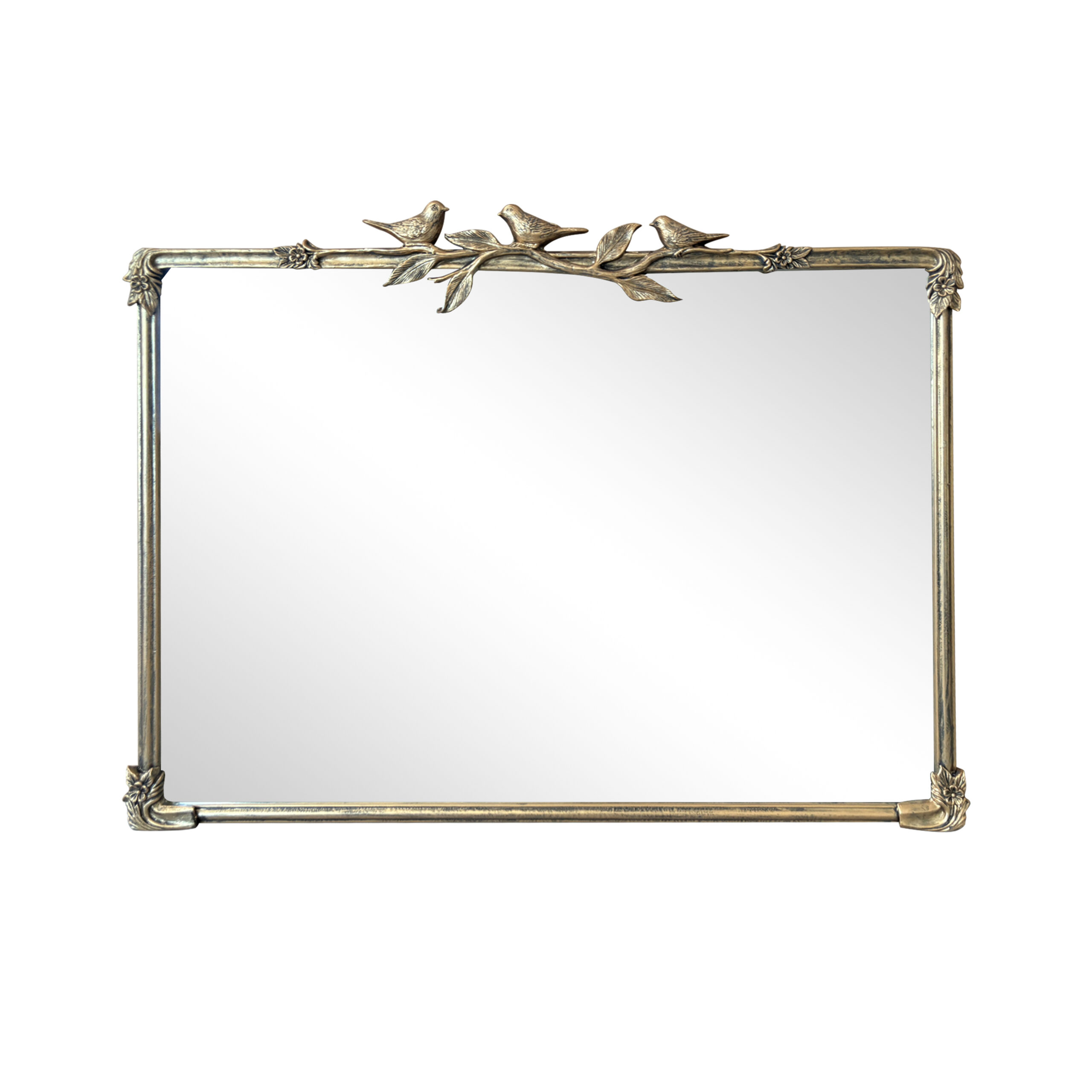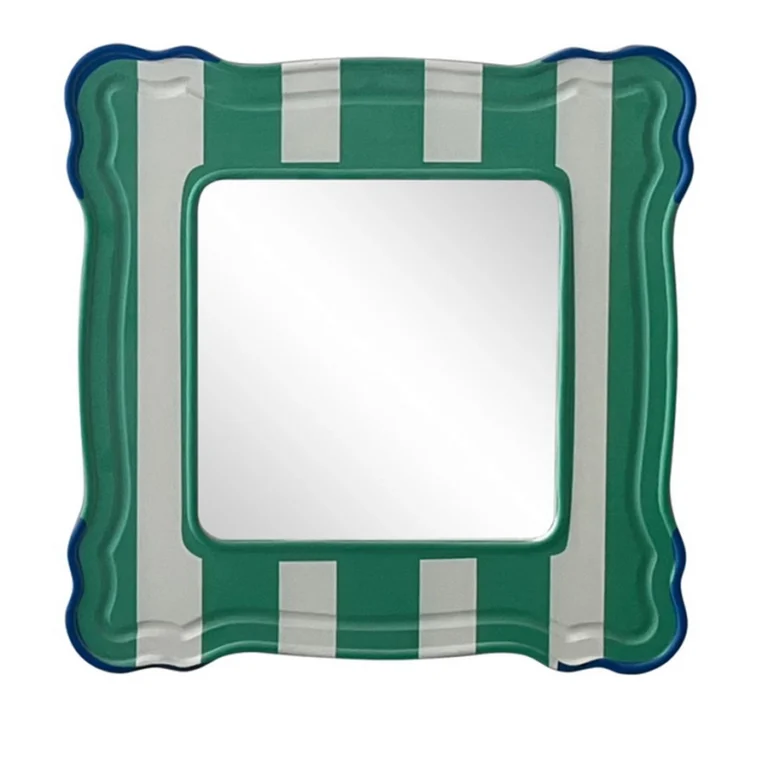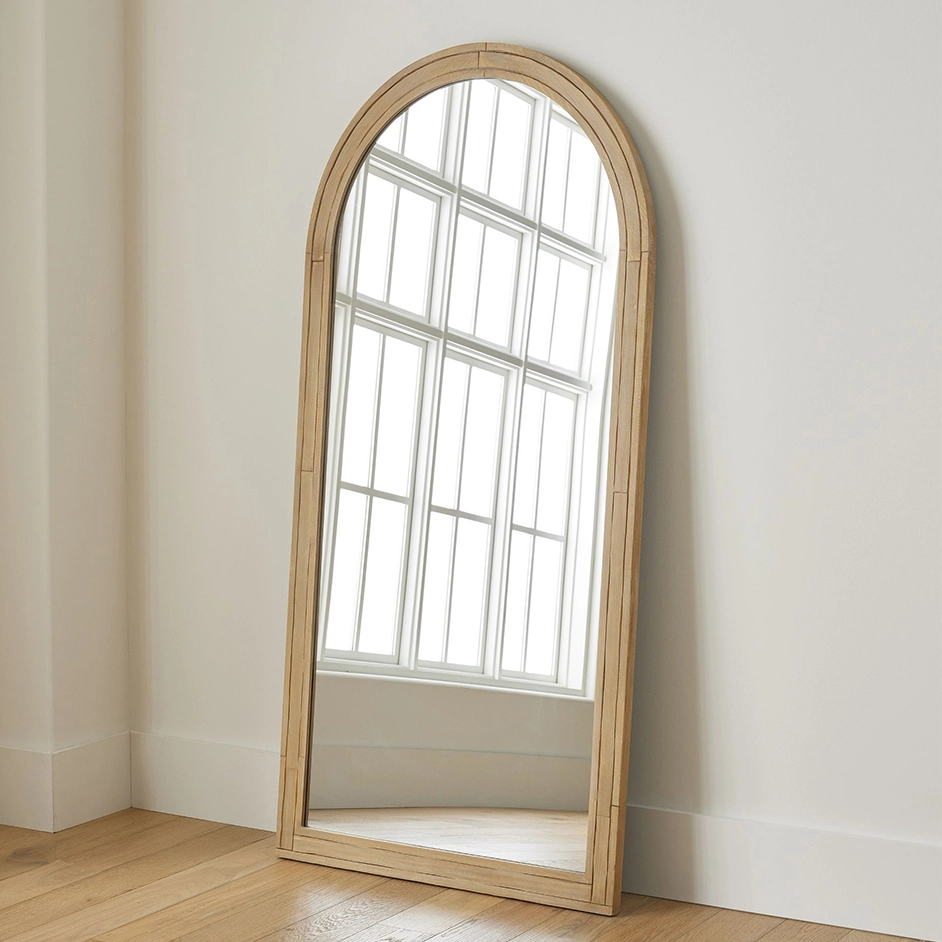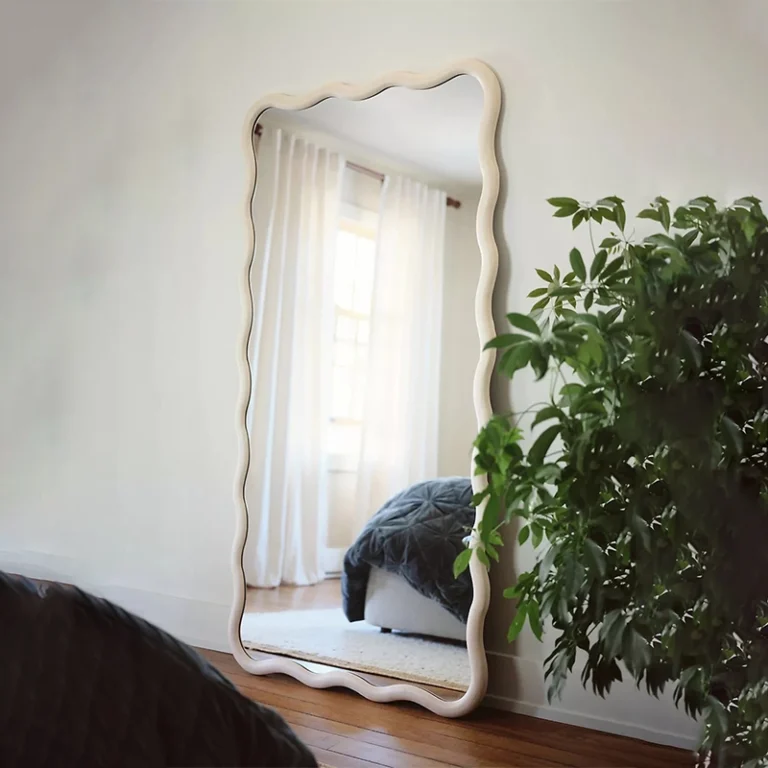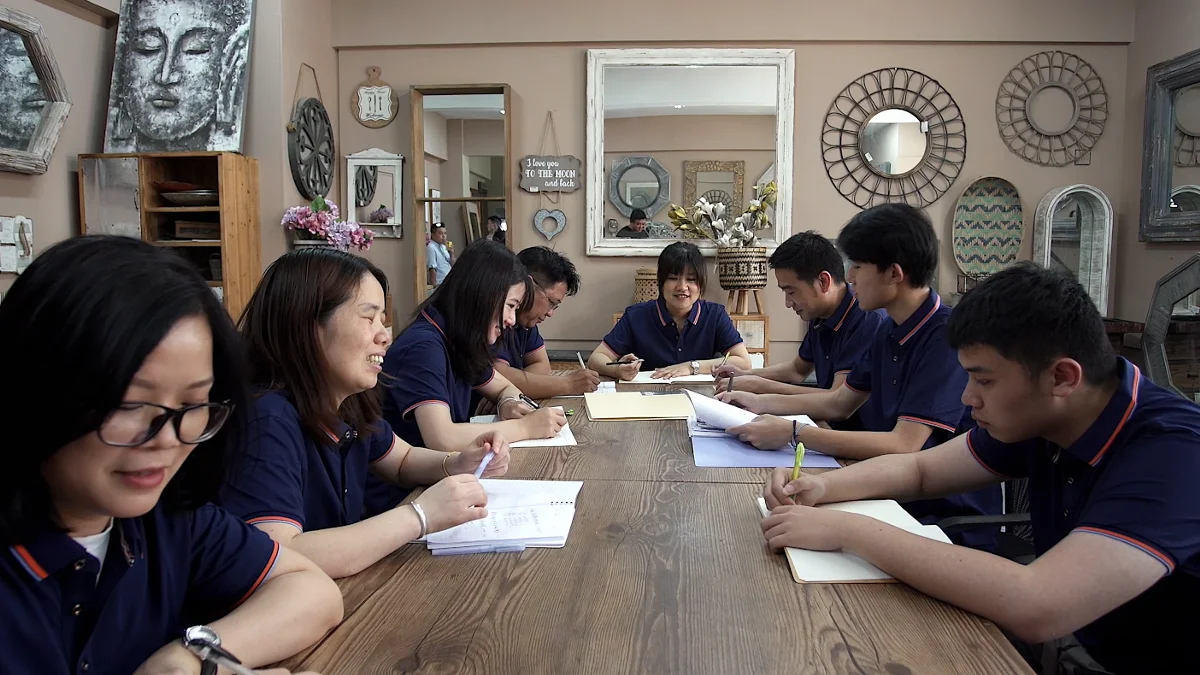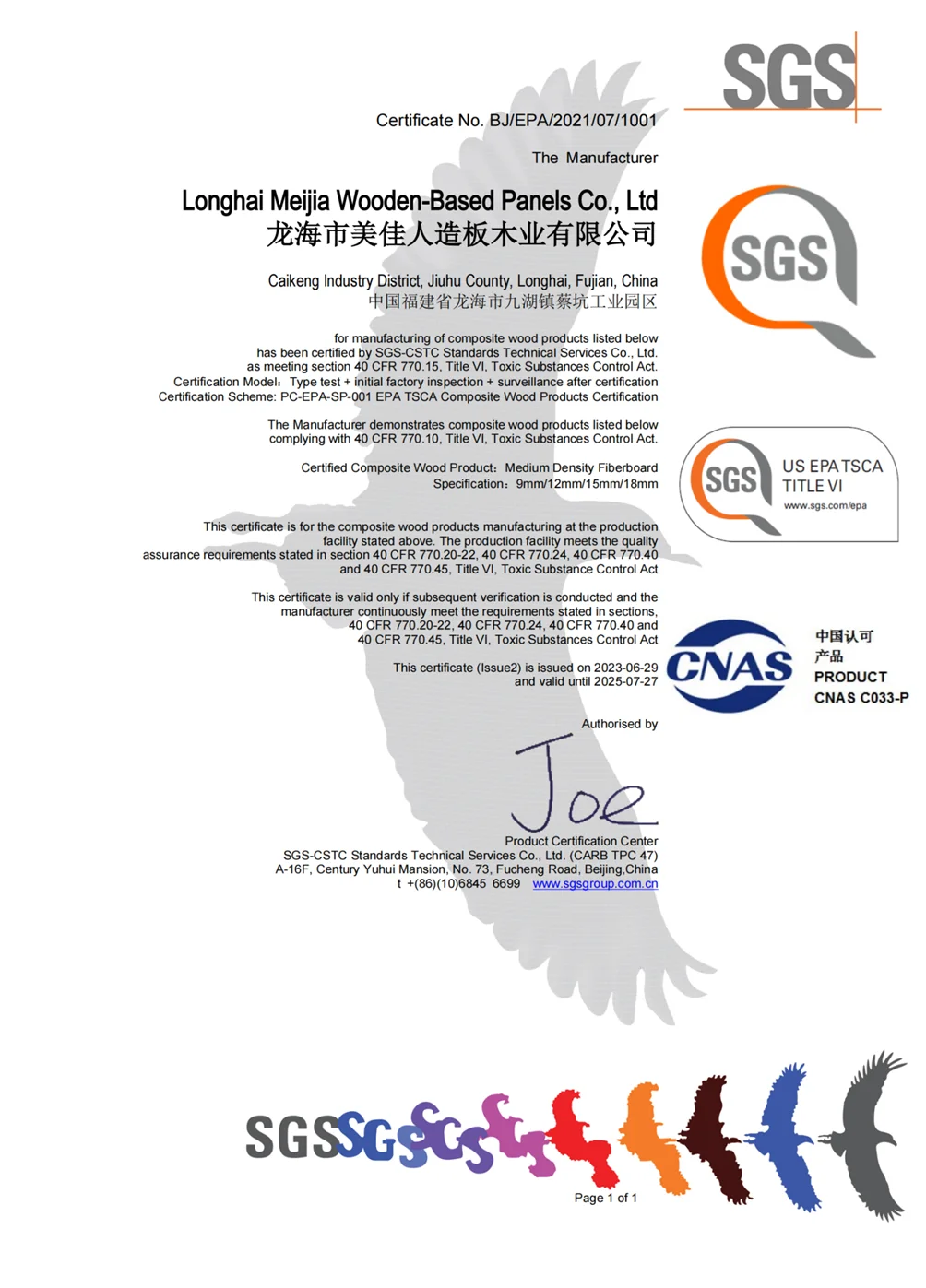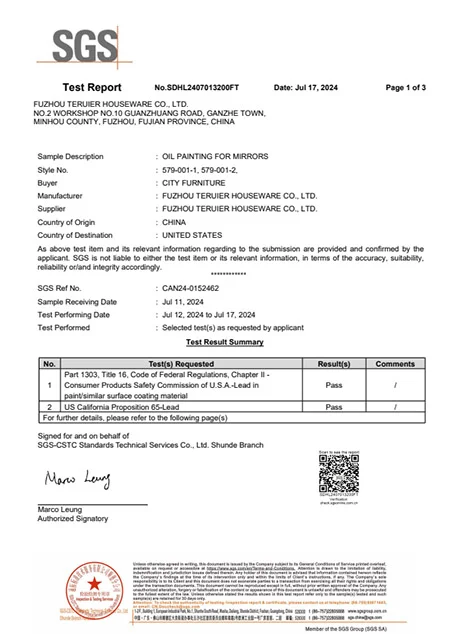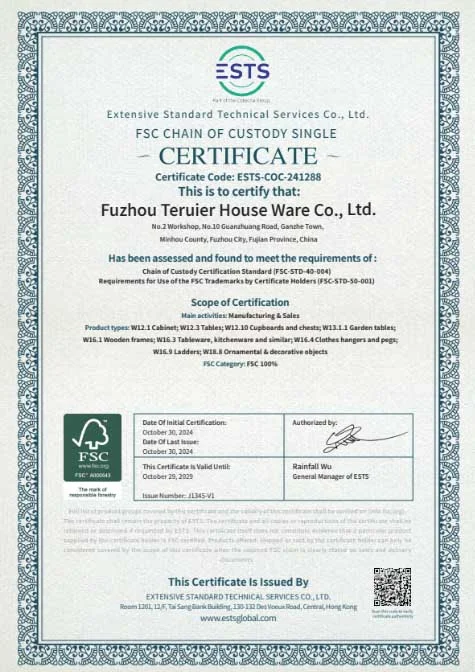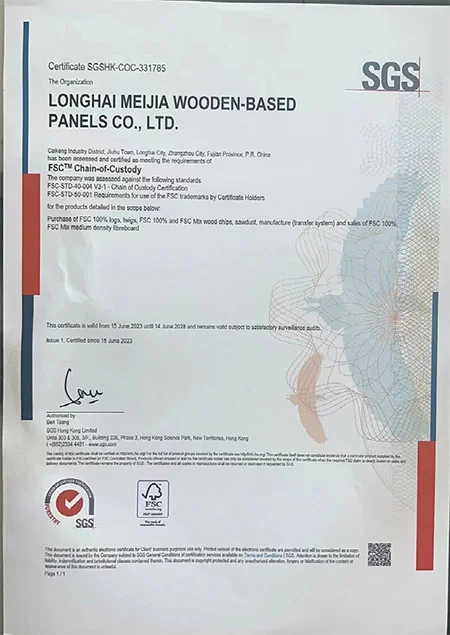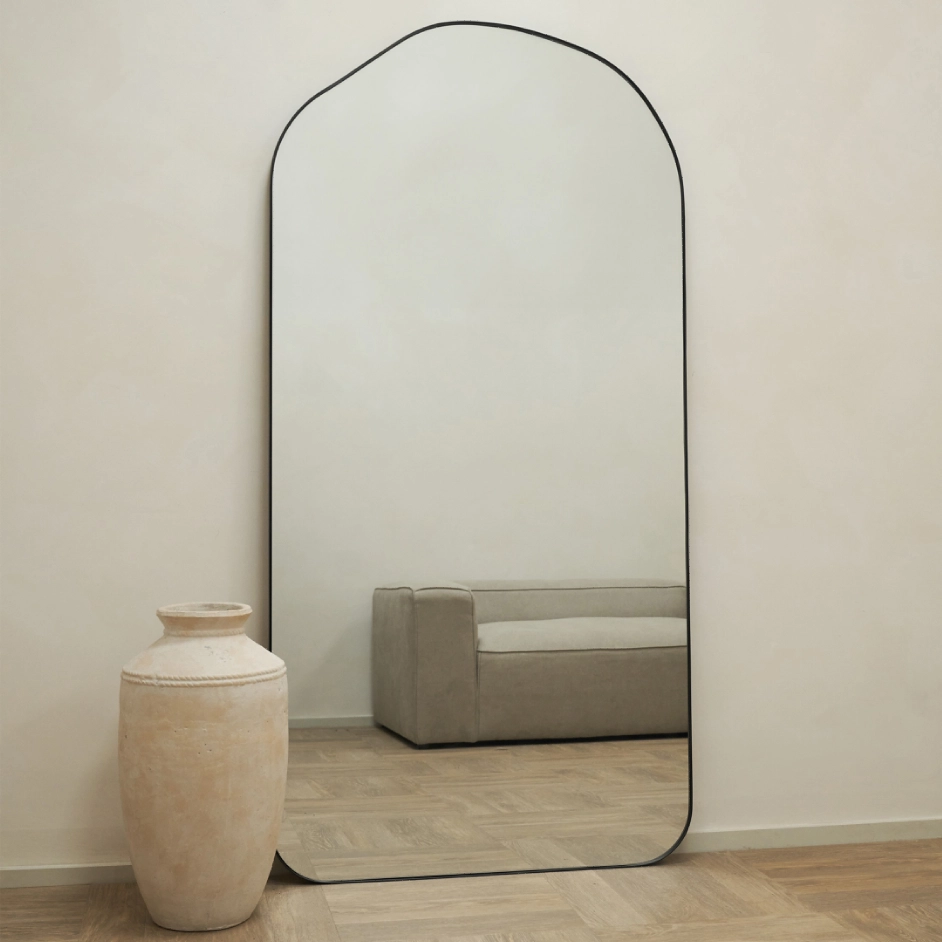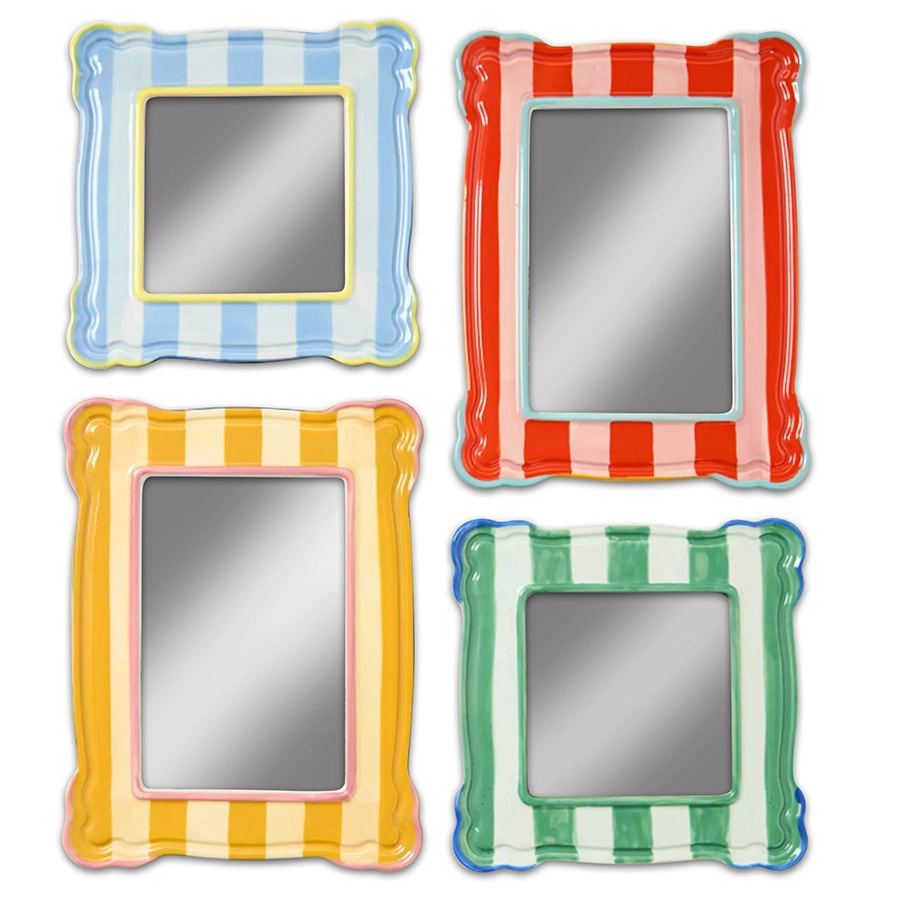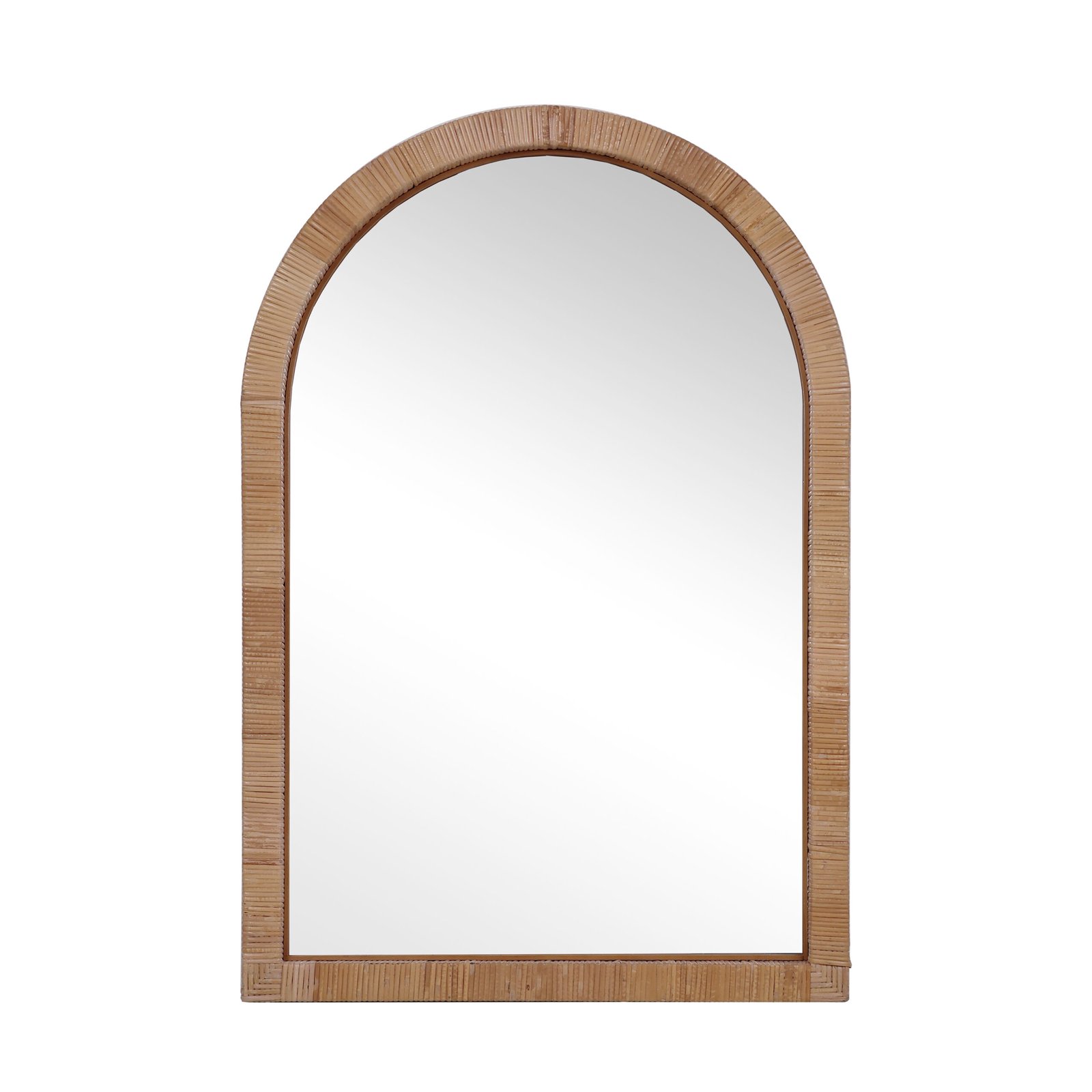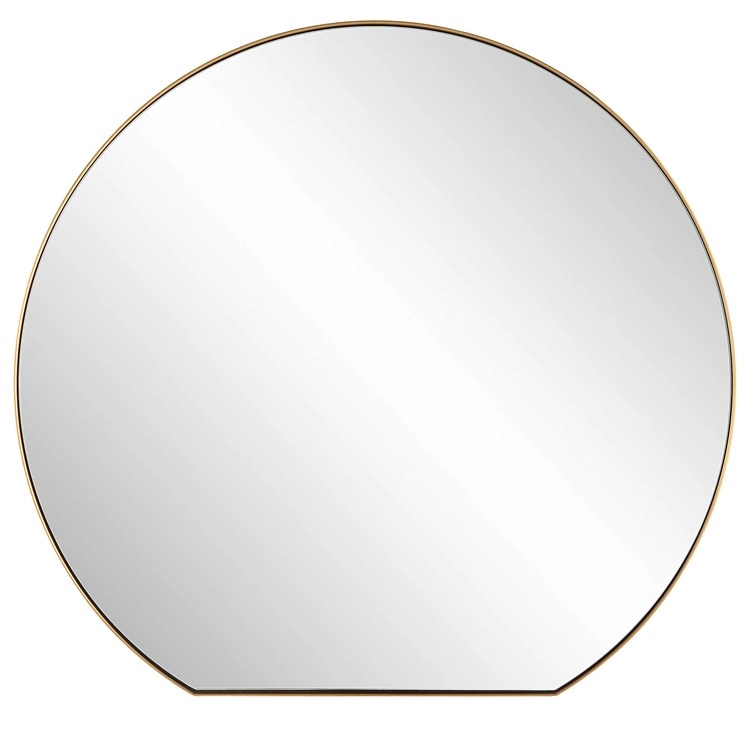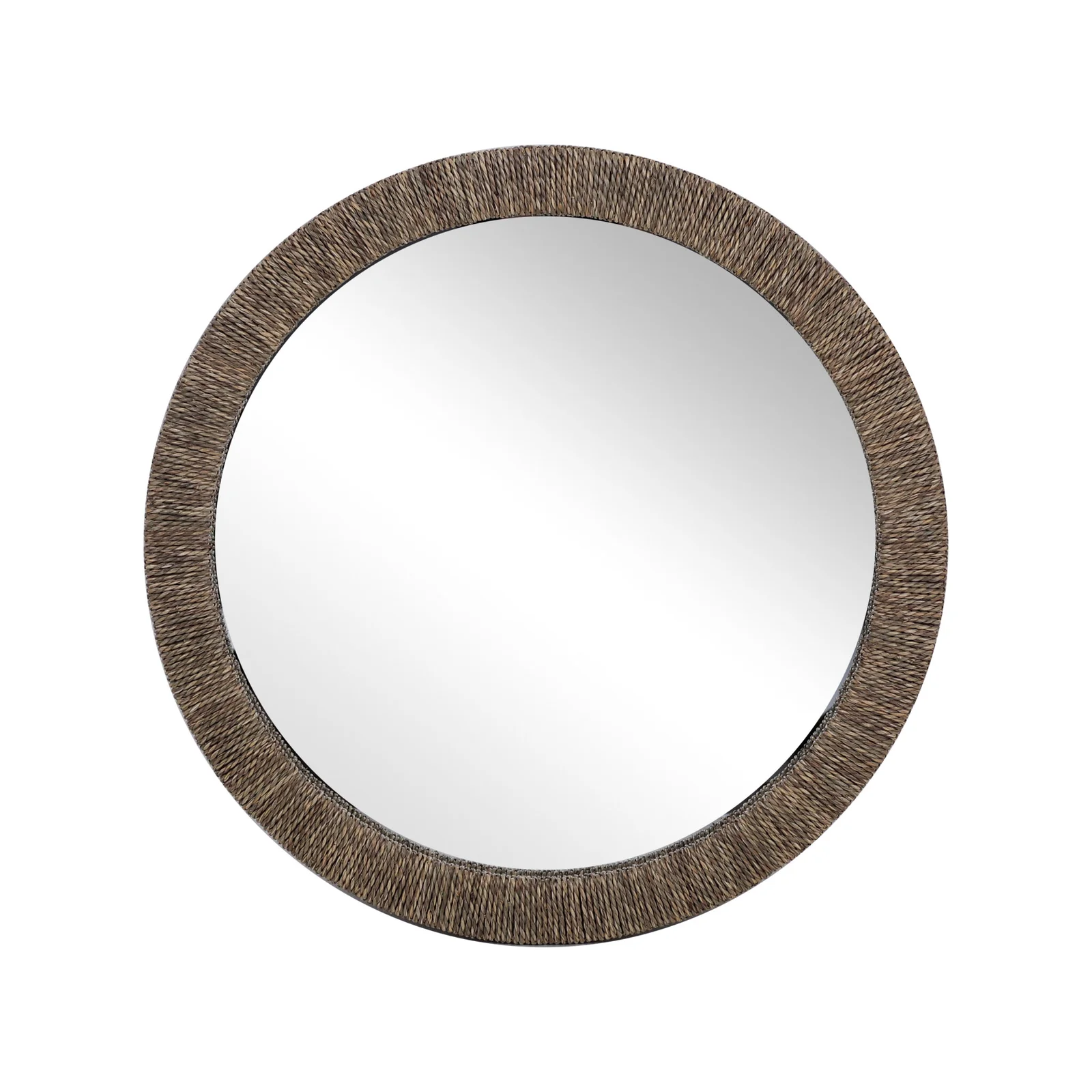pre hike training mirror Seattle
Of course. Pre-hike training in the Seattle area is fantastic because you can literally train on the very terrain you’re preparing for. The key is to mirror the demands of your goal hike in your training.
Here is a comprehensive guide to pre-hike training, specifically “mirroring” the conditions you’ll find on hikes around Seattle and the Pacific Northwest.
The Philosophy of “Mirroring” Your Hike
Your training should progressively mimic the specific challenges of your target adventure:
-
Elevation Gain: If your goal hike gains 2,500 ft, your training should include climbs of similar or greater steepness.
-
Terrain: Train on rocky, root-filled, uneven trails, not just pavement.
-
Distance: Build up your weekly mileage to match or exceed the distance of your goal hike.
-
Downhill: Don’t neglect the descent! It’s brutal on quads and knees.
-
Weight: Train with the pack weight you intend to carry.
Phase 1: Foundational Fitness (4-6 weeks before intense training)
If you’re starting from a sedentary point, build a base first.
-
Cardio (3-4 times/week): 30-45 minutes on a stair climber, incline treadmill, elliptical, or brisk walking. Focus on sustained effort, not intensity.
-
Strength (2 times/week): Focus on key hiking muscles.
-
Legs: Squats, Lunges, Step-ups (onto a bench or box), Calf Raises.
-
Core: Planks, Russian Twists, Leg Raises. A strong core is crucial for balance with a pack.
-
Back & Shoulders: Bent-over rows, Lat pulldowns. Prepare for your pack’s weight.
-
-
Flexibility: Dynamic stretching before workouts, static stretching after. Yoga is excellent for hikers.
Phase 2: Specific Seattle-Area Training (The “Mirror” Phase – 8-12 weeks out)
This is where you take your fitness to the trails. Seattle is uniquely blessed with urban trails that offer serious elevation gain right in the city.
Best Seattle “Training Hill” Hikes:
These are your go-to for after-work or weekend conditioning. The goal is vertical gain per mile.
-
Cougar Mountain Regional Wildland Park (Issaquah):
-
Why it’s great: A vast network of trails with every type of grade. You can string together loops with relentless climbs and descents.
-
Mirror For: Mid-length hikes (5-10 miles) with moderate elevation gain (1,000-2,000 ft). Perfect for building endurance on technical terrain.
-
-
Poo Poo Point (Tiger Mountain – Issaquah):
-
Why it’s great: Two main trails. The Chirico Trail is shorter, steeper, and brutal (~1,750 ft gain in 1.75 miles). The High School Trail is longer and slightly more gradual. This is a classic training grind.
-
Mirror For: Steep, relentless climbs like Mailbox Peak (old trail) or Mount Si.
-
-
Mount Si (North Bend):
-
Why it’s great: The benchmark for Seattle-area hikers. 4,167 ft of gain over 4 miles to the haystack basin. It’s crowded for a reason—it’s an incredible workout.
-
Mirror For: Major Pacific Northwest summits like Mount St. Helens or the training for Mount Rainier. Do this with a weighted pack.
-
-
Squak Mountain (Issaquah):
-
Why it’s great: Less crowded than Cougar or Tiger, but still offers a solid, steep climb from the Sycamore access point (~2,000 ft gain in ~2.5 miles).
-
Mirror For: A slightly less intense version of Mount Si, great for building up to it.
-
-
Cable Line Trail (Tiger Mountain):
-
Why it’s great: This is the unmaintained, brutally direct route up West Tiger 3. It’s essentially a steep, root-and-rock-filled staircase for ~2,000 ft of gain in 1.6 miles. Advanced only.
-
Mirror For: The toughest, steepest terrain you can find. The ultimate test of strength and cardio.
-
-
Discovery Park (Magnolia):
-
Why it’s great: The “Loop Trail” has several surprisingly steep sections. It’s perfect for a quick after-work hike if you live in the city, especially if you do multiple loops.
-
Mirror For: Getting in miles and short, punchy hills when you’re short on time.
-
Sample Training Week (8 weeks out from a major hike):
-
Monday: Active Recovery (Yoga or a brisk 30-min walk)
-
Tuesday: Strength Training (Focus on legs and core)
-
Wednesday: Hill Repeats (Hit Chirico Trail or a steep section of Cougar Mountain. Go hard up, recover down.)
-
Thursday: Rest or light cardio
-
Friday: Strength Training (Full body)
-
Saturday: Long Hike (This is your simulation day. Go to Mount Si or a long Cougar Mountain loop. Wear your loaded pack.)
-
Sunday: Recovery (Light walk, stretching)
Phase 3: Gear Testing and Tapering (The Week Before)
-
Test Everything: Wear the exact boots, socks, and clothing you plan to hike in. Carry the pack you’ll use, fully loaded with the food and water weight you expect. This is the final “mirror” and prevents blisters and surprises on game day.
-
Taper: In the last 3-4 days before your big hike, significantly reduce your activity level. Your goal is to show up at the trailhead fully rested and recovered, not tired from training.
Essential Tips for Seattle Training:
-
Train in the Rain: Don’t let weather stop you. Hiking in the rain is a skill. Test your rain gear during training so you’re comfortable and know it works.
-
Footwear is Everything: Wear the boots or shoes you plan to hike in during your training. This is non-negotiable for breaking them in and preventing blisters.
-
Weight Your Pack: Start with 10% of your body weight and slowly work up to the weight you’ll carry on your goal hike (often 20-30 lbs for a day hike, more for overnight).
-
Safety: Tell someone where you’re going, especially on less-traveled trails. Carry the Ten Essentials on every training hike. Cell service is often unreliable in our forests.
By using Seattle’s own backyard trails to mirror the challenges of your goal, you’ll be exceptionally well-prepared and can focus on enjoying the views, not just surviving the climb.
Generally speaking, our order requirements are as follows: the minimum order quantity (MOQ) for large items is 50 pieces, for regular items it is 100 pieces, for small items it is 500 pieces, and for very small items (such as ceramic decorations) the MOQ is 1,000 pieces. Orders exceeding $100,000 will receive a 5% discount. The delivery timeline is determined based on the specific order quantity and production schedule. Typically, we are able to complete delivery within two months.
